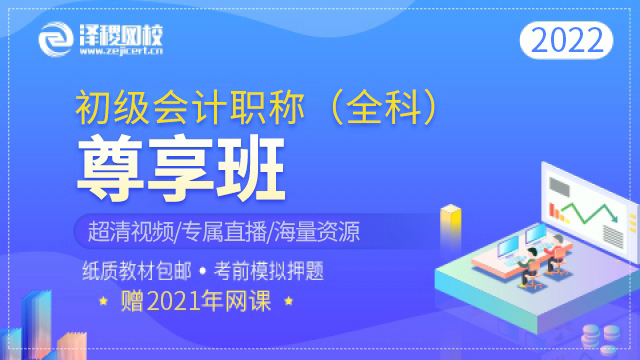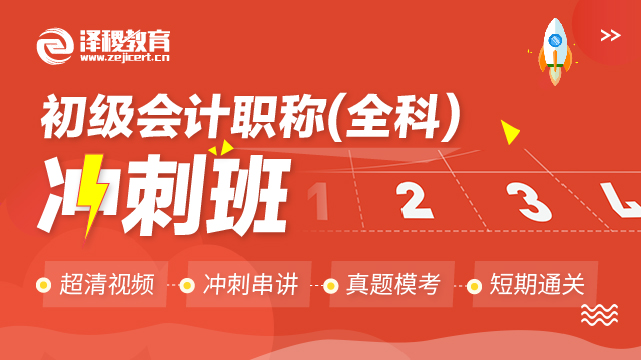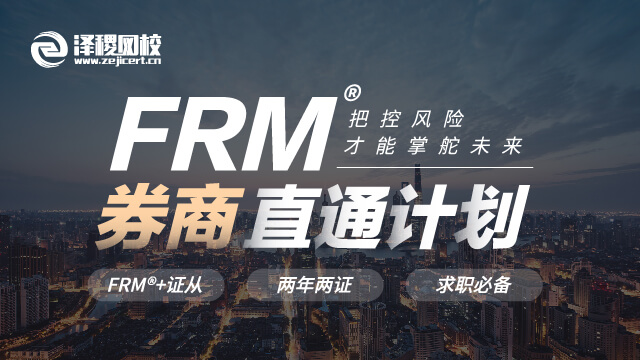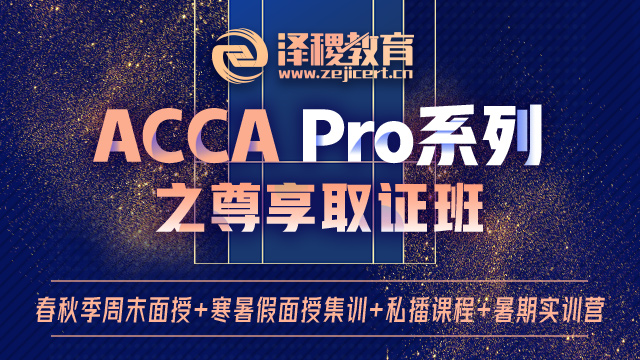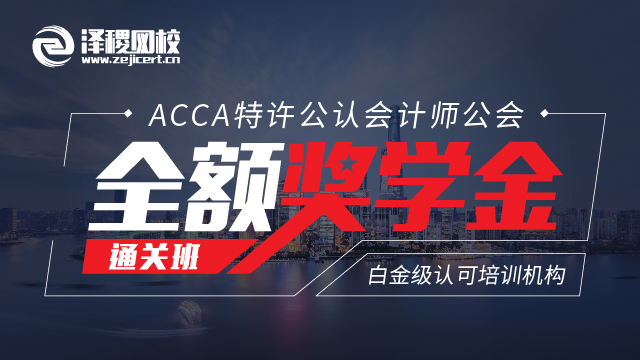F9
Q:会要求考生计算PROJECT-SPECIFIC WEIGHTED AVERAGE COST OF CAPITAL吗?
A:While candidates need to know about the concept of a project-specific weighted average cost of capital (see articles in Student Accountant on capital asset pricing model) they will only be required to calculate a project-specific cost of equity.
Q:对冲汇率风险和利率汇率风险在考试中会怎么考?
A:for example this can be done using forward-rate agreements, forward-exchange contracts and money-market hedges (see syllabus sections G3a and G4a).
Q:在P4的考试中,考生需要对世界经济气候和趋势有非常完备的了解吗?
A:Showing awareness of the current economic climate is important to the extent that it allows candidates to demonstrate understanding in particular topic areas.
For example, candidates could refer to the current economic climate if they were asked about factors to consider in relation to new sources of finance.
Q:你可以讲解一下资本免税额和税收利益的内容吗?
Capital allowances or tax-allowable depreciation gives a company the benefit of tax relief on the cost of buying non-current assets. The profit on which tax is calculated is reduced by the amount of the capital allowance, so the tax liability is reduced by an amount equal to the capital allowance multiplied by the tax rate.
The simplest approach to dealing with capital allowances in investment appraisal is to claim one capital allowance for each year of operation of an investment project.
The first capital allowance is claimed in the first year, reducing the tax liability for that year. If tax is paid in the year in which the liability arises, the tax paid in the first year will be lower. If tax is paid one year in arrears, the tax paid in the second year, which is the tax due on the first year's profits, will be lower.
The exam question will state whether tax is to be paid one year in arrears. This approach assumes that the non-current asset, say a machine, was bought at the start of the first year of operation.
A more complicated approach to dealing with capital allowances in investment appraisal is to assume that the machine is bought before the first year of operation. This assumption is closer to what happens in reality, but it makes investment appraisal more difficult.
The first capital allowance is claimed against company profits (not project profits) in the year before the investment project begins. One capital allowance will also be claimed for each year of operation, so there will be one more capital allowance than in the first method.
If tax is paid in the year in which the liability arises, the first tax payment will be made at the start of the project (Year 0) and there will be one tax payment in each year of the project. If tax is paid one year in arrears, there will be one tax payment in each year of the project and one tax payment after the project has ended.
ACCA recommends students use the first approach when answering examination questions as it is easier to understand and leads to fewer errors.
Q:你可以解释一下什么是total share return吗?
Many companies pay dividends to their shareholders, so each year shareholders receive cash income from the shares they own. Shareholders also hope that the price of their shares on the stock market will increase during the year.
This increase in share prices is a capital gain. Unless the shares are sold at the end of the year, the capital gain will be an unrealised gain, which is a gain on paper but not in cash terms.
The wealth of a shareholder is increased by both the dividends received and the capital gain. The sum of these, compared to the share price at the start of the year, is called “total shareholder return”. In percentage terms, total shareholder return is the sum of dividend yield and percentage capital gain.
It represents the actual return on shares in contrast to the theoretical return on shares, for example the return predicted by the capital asset pricing model.
Q:accounting rate of return和internal rate of return的区别在哪里?
A:Candidates often confuse the ARR and IRR because they have similar letters in their acronyms. Both methods of investment appraisal give a value in percentage terms, but the similarity ends there.
IRR is the discount rate which gives a net present value of zero for an investment project. The IRR method is a discounted cash flow method that takes into account the time value of money; the calculated IRR is found by linear interpolation.
The ARR method uses average annual accounting profit, not cash flow, and calculates a percentage return on the capital invested in a project. ARR is very similar to return on capital employed (ROCE) and the two terms (ARR and ROCE) are often used interchangeably from an investment appraisal point of view.
Q:Two-asset portfolio在F9中如何考察?
Portfolio theory is included in F9 syllabus and so is examinable. However candidates will not be expected to apply the formula in a question but merely demonstrate understanding of the principles.
Q:Islamic terminologies在考试中有要求掌握吗?
A:Yes, therefore it is important that candidates are aware of these terms.
Q:如果考试的时候,给出的答案和标答不一样,老师会给分吗?
A:Yes. The marking team is diligent in reviewing the range of possible answers and making sure that candidates are given credit even though their answers may not be fully accord with the model answer.
Q:Islamic finance会被考到吗?
A: Calculations are not expected. The questions are most likely to be narrative.
2016 ACCA学习资料大礼包(内含ACCA历年真题、考官文章、考官报告、备考宝典等实用学习资料),关注微信公众号:ACCA考友论坛(ID:ACCA-CHN)即可领取:



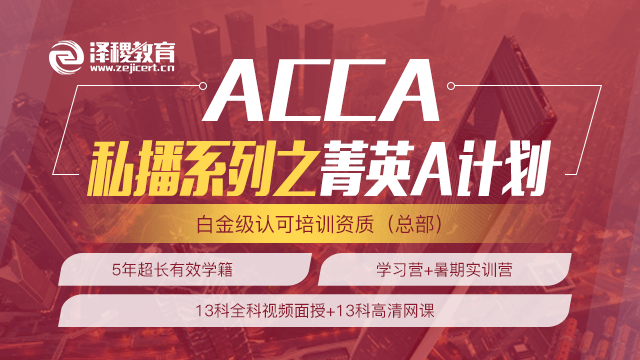
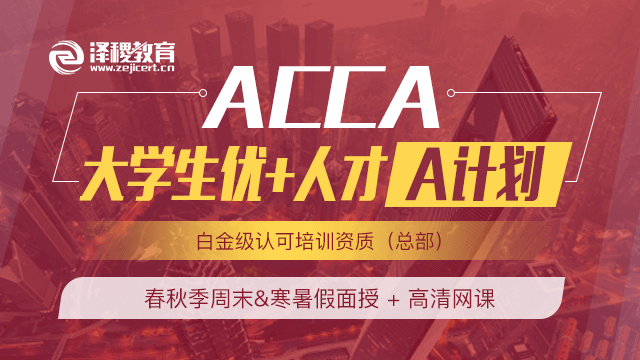
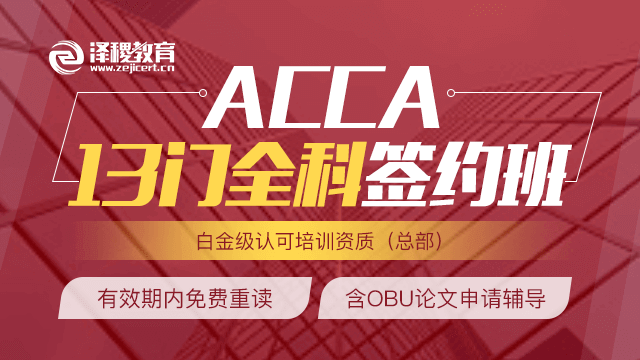
 白金级认可培训资质(总部)
白金级认可培训资质(总部)
 课程试听
课程试听
 职业规划
职业规划
 ACCA中文教材
ACCA中文教材
 考位预约
考位预约
 免费资料
免费资料
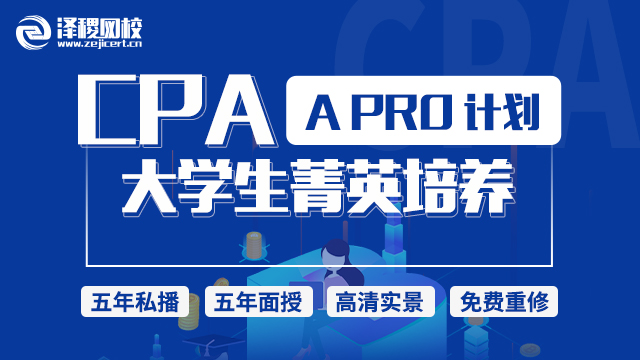
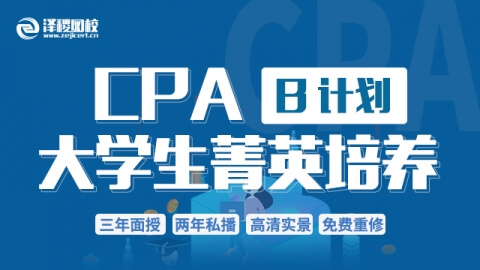
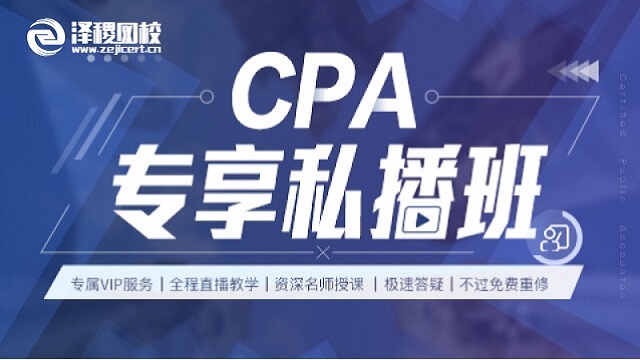
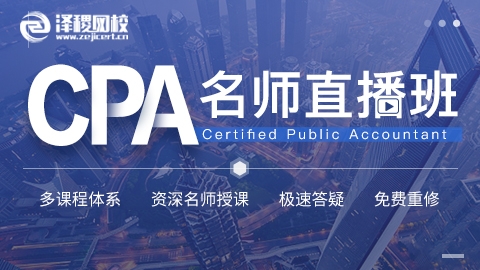
 题库下载
题库下载
 模拟机考
模拟机考
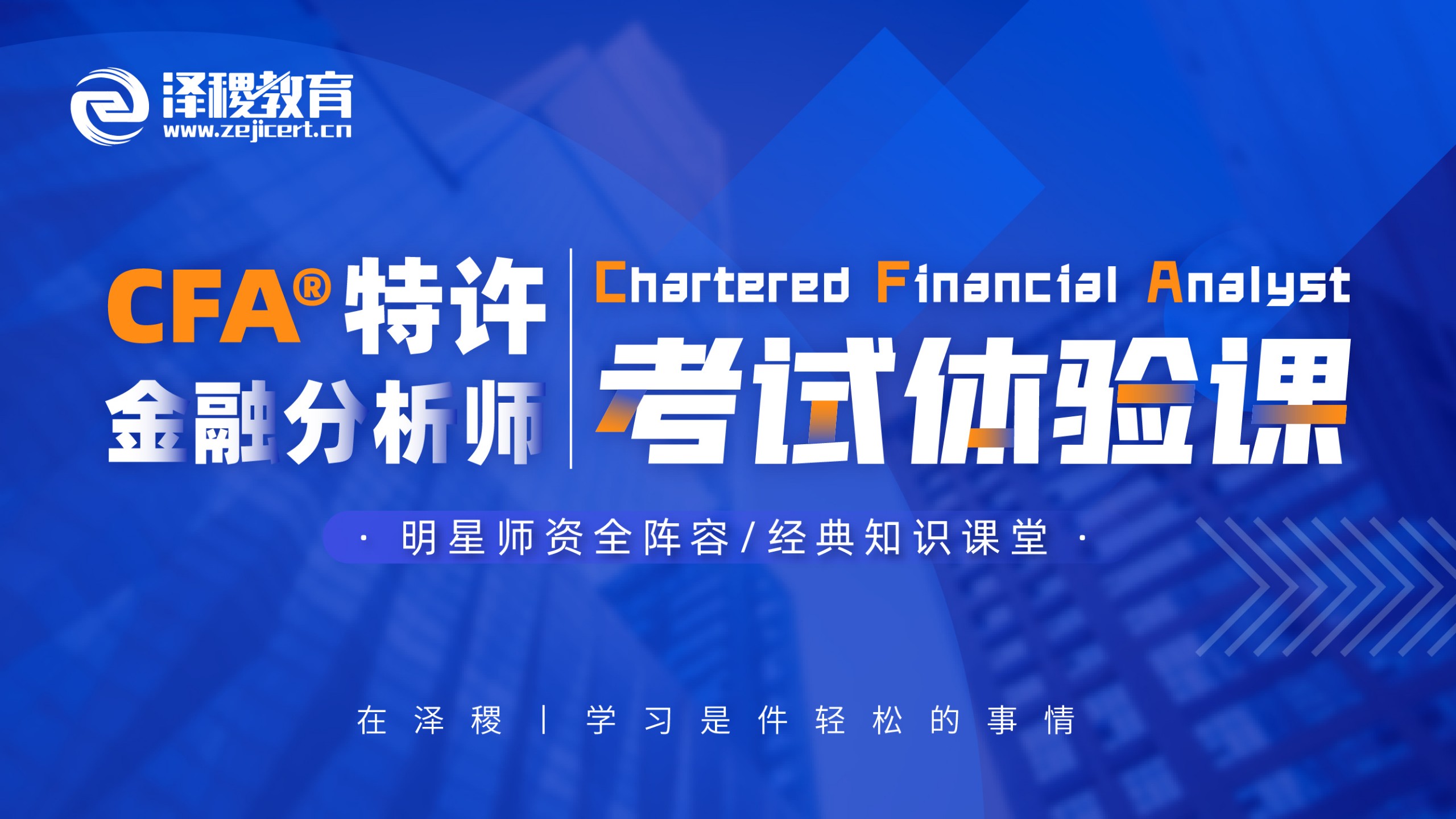
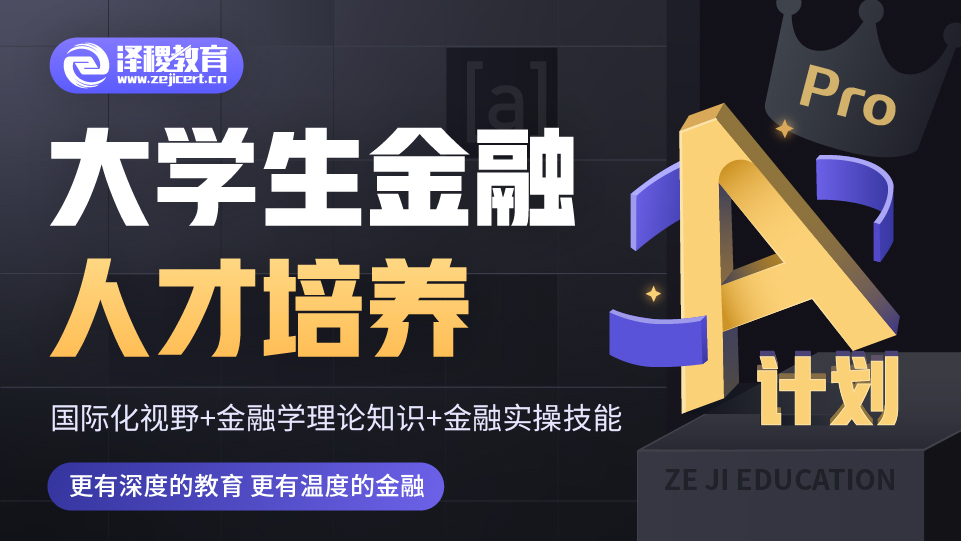
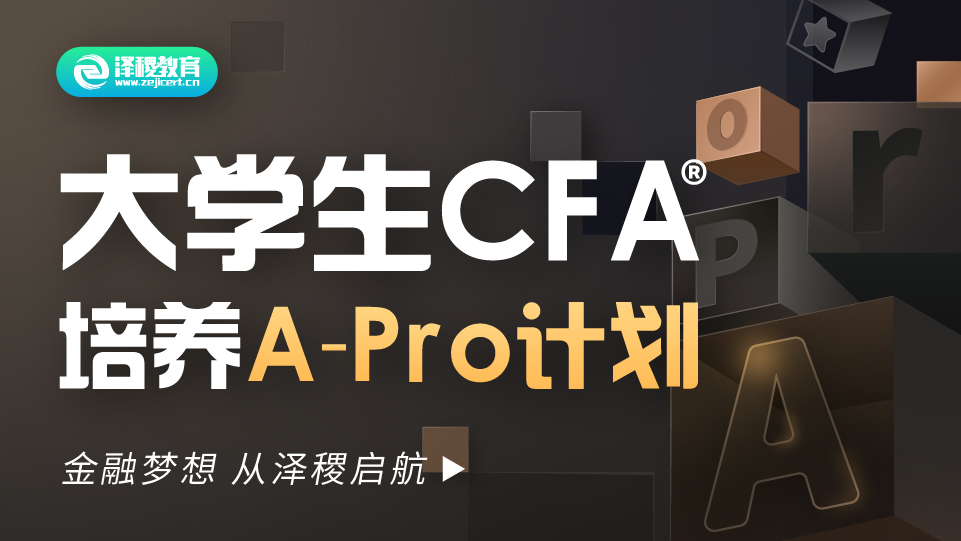
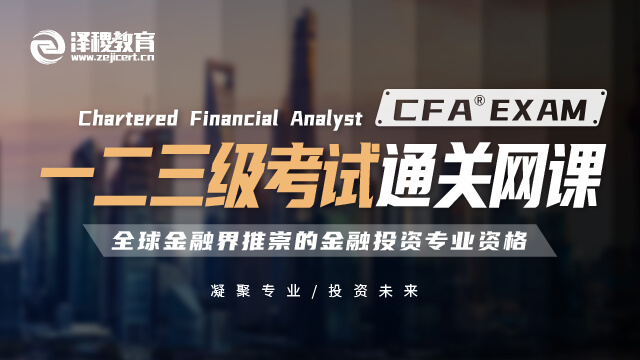
 CFA®成绩查询
CFA®成绩查询



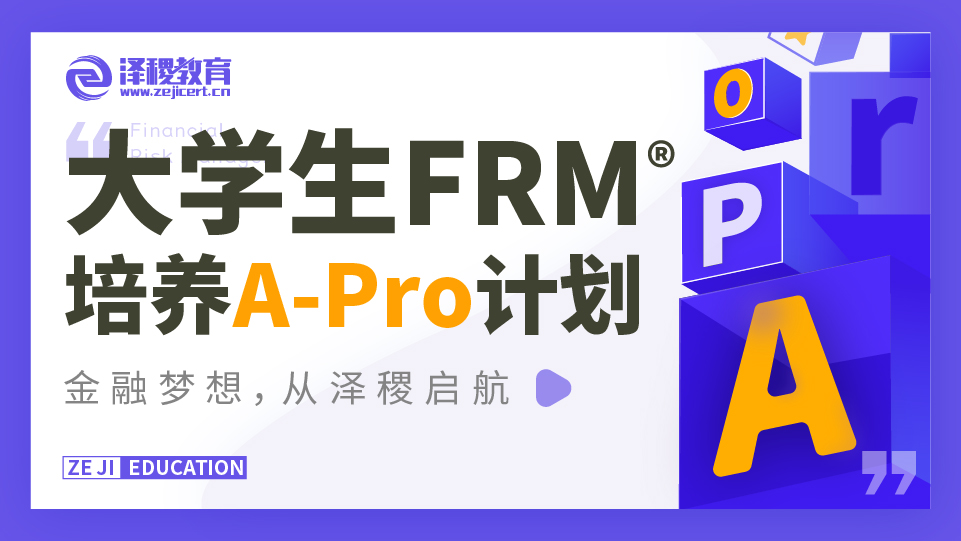
 GARP协会官方认可FRM®备考机构
GARP协会官方认可FRM®备考机构

